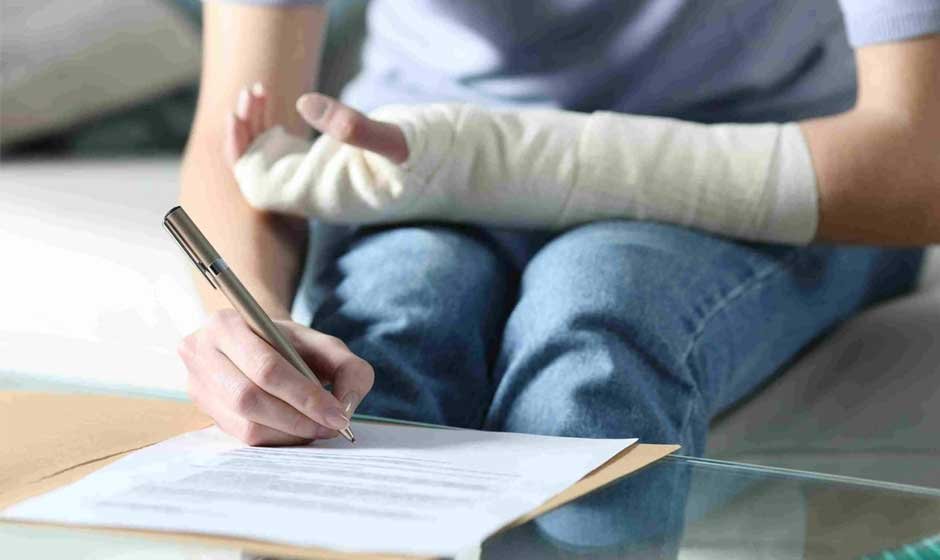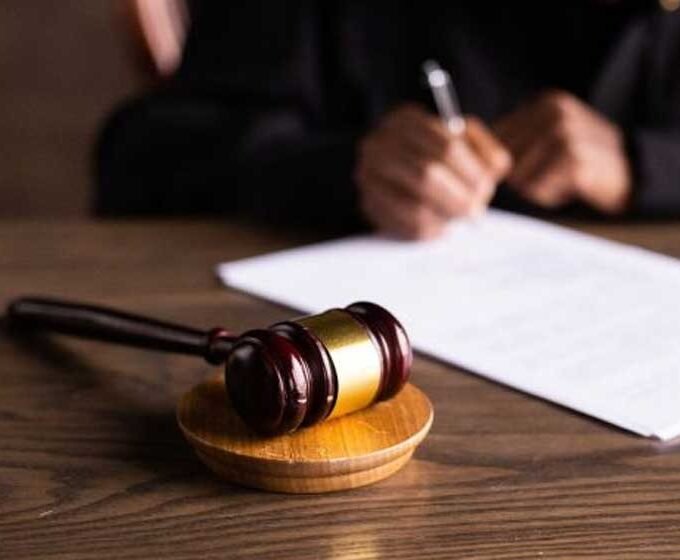When an injury occurs, taking immediate steps to record all relevant details is essential. Personal injury claims depend heavily on clear, accurate documentation gathered as soon as possible after the incident. Promptly noting the circumstances, injuries, and any related evidence helps establish a reliable timeline to clarify exactly when and how the injury happened. This timeline becomes critical if questions arise or the facts of the case are in dispute. Moreover, early documentation reduces the risk of memory lapses or inaccuracies, thus providing a credible and consistent account that legal professionals and insurance companies rely upon.
In Las Vegas, Nevada, where accidents frequently occur in high-traffic areas, entertainment venues, and construction zones, the stakes for well-documented injuries are particularly high. Bruises and swelling can fade quickly, so preserving visual evidence immediately is vital to support medical evaluations and legal proceedings. Individuals can build a stronger case by acting swiftly to document injuries and help avoid misunderstandings or disputes hindering their claim’s progress.
Establishing a Timeline
Documenting injuries helps create a timeline. This timeline provides critical evidence as to when and how the injury occurred. Those details can become important if questions arise later about what happened. Transparent log history can allow you to rectify discrepancies with the necessary paperwork.
Strengthening Credibility
When you document injuries right away, the claim is more reliable. The earlier you record the evidence, the less likely memory bias is, as people recall the details better, which results in a more accurate and reliable report. That credibility can immensely impact decision-makers, like insurance companies or legal professionals, who depend on fact-based consistency.
Preserving Evidence
Bruises or swelling may resolve within a few days to weeks, which makes the evidence time-sensitive. Photographs help preserve concrete proof and show how things appear minutes after the incident. These images might be worth a thousand words. It enhances the written details to provide a seamless narrative on the depth of the injury.
Facilitating Medical Evaluation
Prompt documentation can help medical personnel assess the injury. Doctors are dependent on correct information to diagnose and suggest proper treatment. Delaying documentation can cause a gap in the incident history, thus impacting the patient’s treatment. A detailed record enables healthcare providers to proceed confidently with the treatment process.
Supporting Legal Claims
Evidence is everything in a legal court case. Well-documented records lend legal heft and tangible evidence to the injury and its context. Such evidence has the potential to play a pivotal role in negotiations or provide solid support to the case in court hearings. Claims can lack sufficient substance without proper documentation.
Enhancing Communication
Clear records make it easier to relay information to insurance companies and lawyers. These stakeholders depend on accurate information to evaluate claims and offer guidance. If the injury is well-documented, it eliminates misunderstandings and lets them handle the case much quicker. This clarity could be the game changer.
Avoiding Disputes
Documenting the incident right away can avoid arguments later. Prompt documentation of evidence minimizes doubt or misrepresentation. Disputes stem from varying versions of events or gaps in the details. A comprehensive record provides a clear account of the incident that one cannot dispute, thus avoiding these conflicts.
Building a Strong Case
Solid evidence is the bedrock of a strong case. Timely documentation is a crucial aspect of laying this foundation. It shows that the injured party is taking the claim seriously, which reflects positively on them. When decision-makers see a well-structured argument with supporting evidence across different categories, they are more inclined to view the case positively.
Guidelines for Effective Documentation
To ensure proper documentation, click pictures from various points of view to capture every detail. Ensure that the images contain time stamps (for accuracy). Second, take detailed notes about what happened, where, when, and who else was there. Third, get a medical examination sooner rather than later, and document every appointment and treatment. Finally, keep a regular record of the injury or symptoms.
Conclusion
Immediately documenting injuries is one of the most important aspects of handling any injury case. Timely documentation sets the stage for success by establishing a timeline, reinforcing credibility, and preserving evidence. It allows for medical assessment, provides continuity of care, aids in legal action, improves communication, and prevents disputes. Following good documentation practices will ensure that you have all the required information accurately and thoroughly recorded.
















